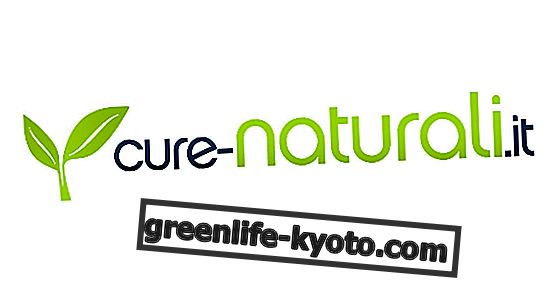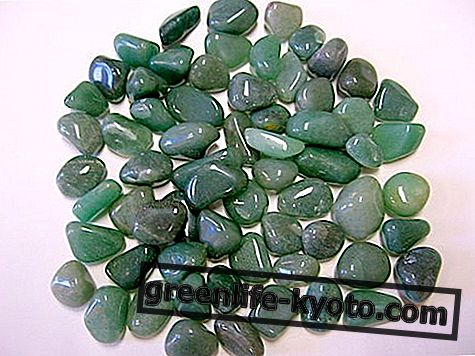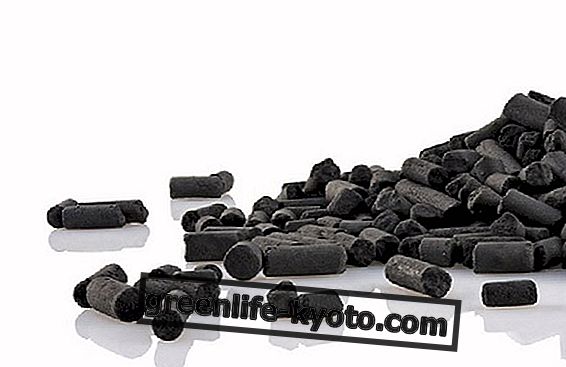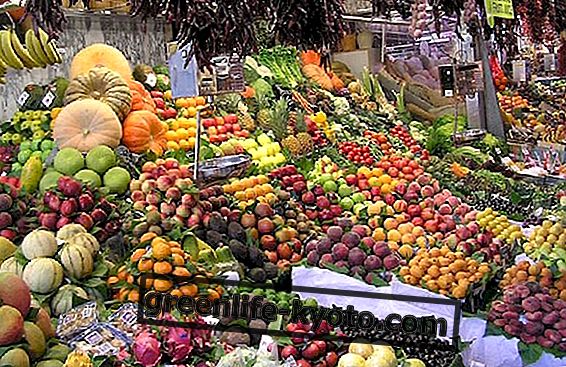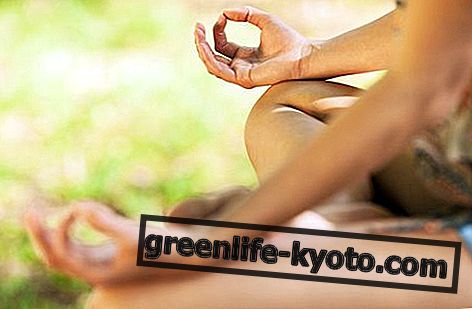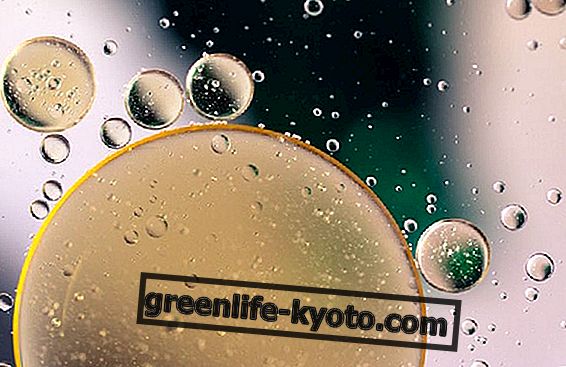
The herbs for circulation are those with a vasoprotective action that is able to preserve the structure and tonicity of the vessel walls: with a fluidifying action of the blood, able to favor the correct blood supply ; and finally vasoconstrictor action, used in phytotherapy to counter swelling, heaviness in legs and ankles, cellulite and varicose veins . All these manifestations are unmistakably the symptoms of poor circulation, which is further worsened by the increase in temperature, typical of the spring season and even more so in the summer.
In this article we will talk about the medicinal herbs for circulation, where " herbs " means the annual or perennial species, which differ from the " plants" due to the non-woody consistency , mostly of green color , of the aerial parts, use a time in the " workshops " (laboratories) of the apothecaries, and for this reason you call them " officinal ".
The circulatory system and its disorders
The circulatory system is a system of vessels, which collects and distributes substances and oxygen to the organs and their tissues, through the blood . The blood passes first into the heart, then into the lungs where it oxygenates, then back into the heart to be pumped to the systemic circulation.
Therefore the circulatory system is indispensable for its function of bringing blood into all body districts and, to be efficient, it must relate closely to tissues. In fact the diffusion mechanism allows the chemicals to move only due to the thickness of a few cells.
This system is formed by "hollow" organs, called blood vessels, which allow blood to be transported to the body. They can be classified into:
- Arteries : blood vessels that arise from cardiac ventricles and carry poorly oxygenated blood to the lungs, through the pulmonary artery (right ventricle); and oxygenated blood to the whole body, through the aorta (left ventricle);
- Veins : blood vessels that carry blood loaded with carbon dioxide to the lungs and waste substances to the liver and kidneys for the purification of the organism. Their walls are less thick than those of the arteries, since the blood pressure is less high;
- Capillaries : allow exchanges between blood and tissues, in fact, they are microscopic in size and are found between cells. The capillaries constitute a dense network of vessels inserted in the texture of tissue cells. A fluid space containing interstitial fluid is present between the capillaries and the cells. The circulatory system keeps internal homeostasis constant.
Disorders of the circulatory system can therefore affect the arteries, veins and capillaries . The walls of these vessels, over time, tend to become less elastic and flexible (sclerosis). One of the consequences of the loss of elasticity of the venous walls is the slowing of blood flow, which can lead to a reduction in the supply of oxygen and nutrients in a given district, with consequent suffering of the tissues involved.
Moxa and blood circulation
The herbs for the circulatory system
The wild herbs that grow on the edges of country paths or on the edges of cultivated fields, those that we commonly call " weeds " can actually be allied to our circulatory system as trees can be (horse chestnut, ginkgo biloba etc.) or shrubs (rusco, red vine, blueberry, witch hazel).
- Yarrow: ( Achillea millefolium ) perennial herbaceous plant, has astringent, anti-inflammatory and haemostatic properties and therefore is able to stop bleeding, and various bleeding problems due to inflamed gums, heavy menstruation or hemorrhoids; while achilleina would be able to control sudden changes in blood pressure and restore normal blood circulation. Its use, like that of the mother yolk tincture, is indicated in the case of hemorrhoids, anal fissures, varicose veins, phlebitis, varicose ulcers, circulation disorders and capillary fragility .
- Borage: ( Borago officinalis ) annual herbaceous, the oil obtained from the squeezing of its seeds has the ability to favor the production of prostaglandins of series 1 (PGE1), endowed with antiplatelet, cardioprotective, antisclerotic, vasodilatory activity . On these assumptions are based many therapeutic properties ascribed to borage oil such as the reduction of cardiovascular risk, the control of high cholesterol and hypertension and the adjuvant anti-inflammatory action in the treatment of rheumatoid arthritis. In fact, borage oil is also a natural remedy to eliminate cholesterol from the veins and arteries, because it is a true concentrate of Omega 6 necessary for proper cardiovascular function.
- Centella: ( Centella asiatica ) perennial herbaceous plant, it is used in the treatment of circulatory problems because it favors the trophism of the connective tissue of the blood vessels, making them more elastic and improving the permeability of the venous walls, which will make it more difficult for the surrounding tissues to exude liquids thus reducing venous stasis with all the disturbances that follow from it, such as edema of the lower limbs, heaviness in the legs, cellulite.
- Melilotus : ( Melilotus officinalis ) annual and biennial herbaceous plant, it carries out a vasoprotective action on the vein walls, increasing its permeability, and therefore behaving like the escin . The same indication field necessarily derives, mainly in the diseases of the veins and in the disorders caused by the varicose veins . In this action the flavonoids have a complementary role. The plant is therefore indicated in the treatment of venous and lymphatic insufficiency, in the presence of edema and swelling of the lower limbs, water retention, varicose veins, phlebitis, heavy legs, hemorrhoids and cellulite.
- Nettle: ( Urtica dioica ) perennial herbaceous plant, rich in antioxidant substances such as flavonoids that protect the health of capillaries and veins . It also possesses vasoconstrictor (contracts blood vessels) and hemostatic properties (stops bleeding), so it is used especially in cases of nasal and uterine bleeding. It is also very useful for women who suffer from heavy menstruation.

